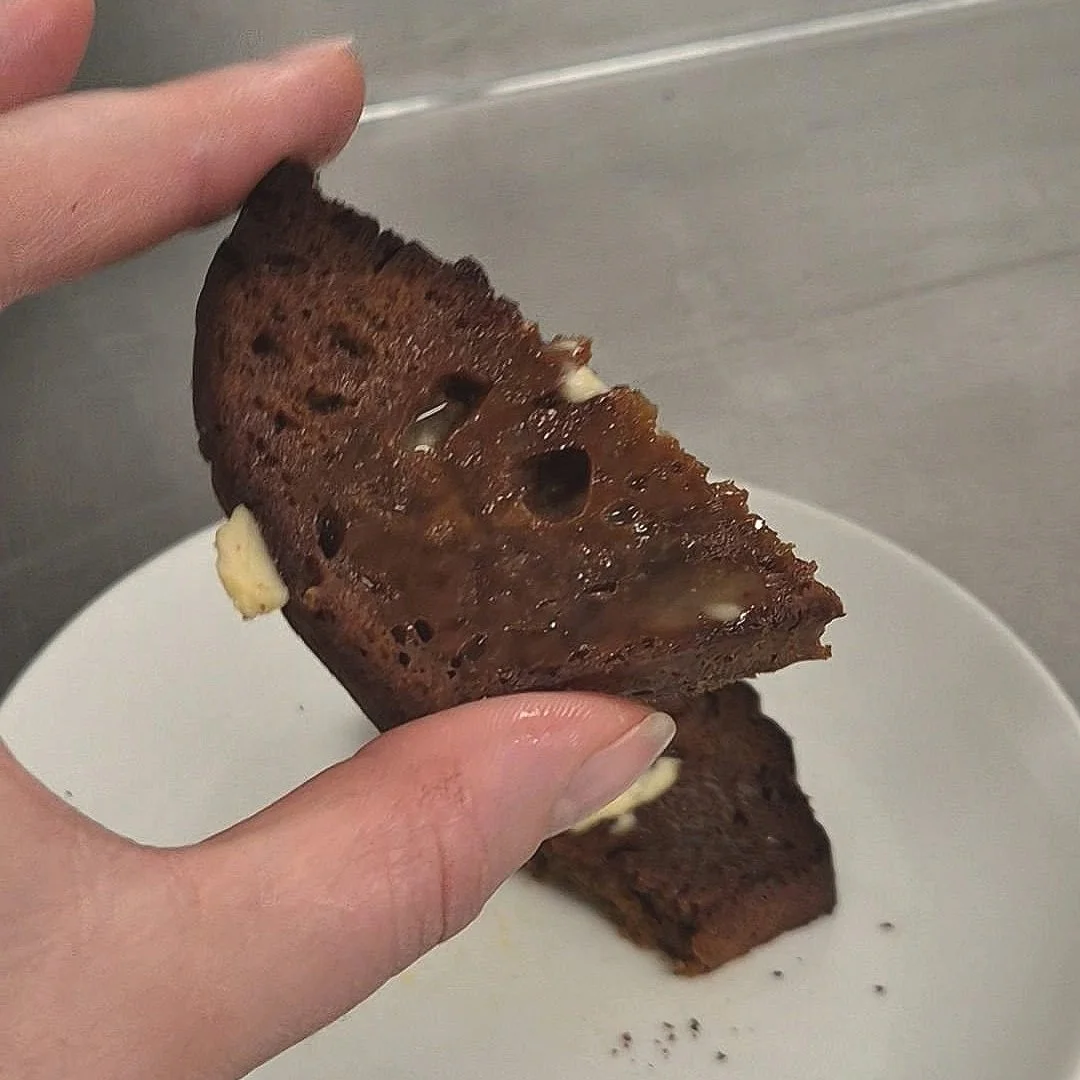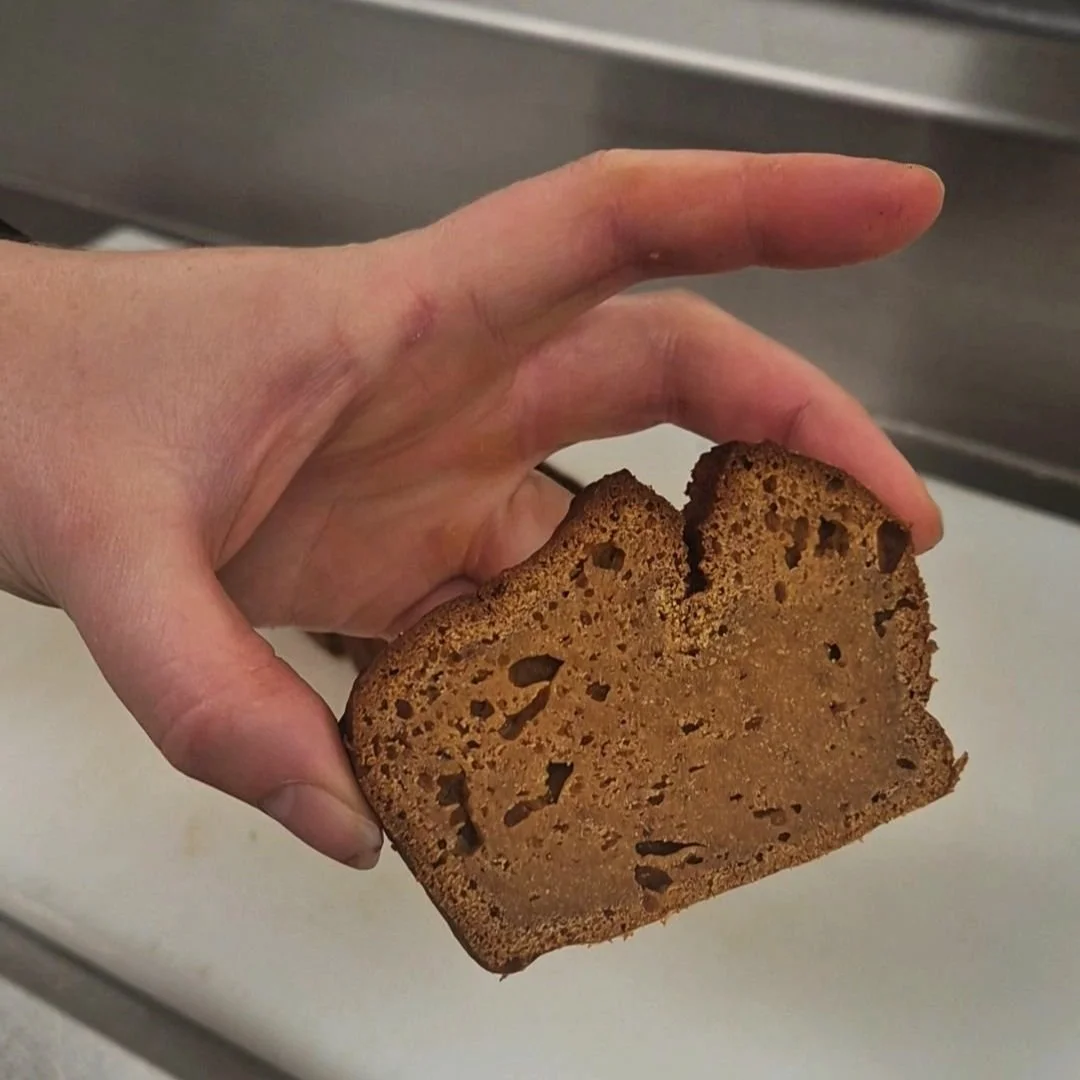Wholesome Pumpkin Bread for Hormone and Gut Health
Nourishing Gut Health and Hormones with Every Slice
Pumpkin bread isn’t just a delicious way to welcome cooler weather, it’s also a powerful ally for gut integrity and hormone health, thanks to its high vitamin A content. In this post, we explore the science-backed benefits of vitamin A and share a warming, hormone-supportive pumpkin bread recipe you’ll want on repeat.
Pumpkin: A Natural Source of Vitamin A
Pumpkin is rich in beta-carotene, a provitamin A carotenoid that the body converts into active vitamin A (retinol). Just 100 grams of pumpkin can provide up to 170% of your recommended daily intake of vitamin A, depending on the variety (Buzigi et al., 2021). This makes pumpkin a functional food, delivering more than just calories, but also critical nutrients for women’s health.
How Vitamin A Supports Gut Health
Vitamin A plays a pivotal role in maintaining the intestinal epithelium, which serves as a frontline defence against pathogens. It also helps regulate mucosal immune responses and supports microbial diversity, key factors in preventing dysbiosis and leaky gut (Berry et al., 2024). Without sufficient vitamin A, the gut lining becomes more susceptible to damage and inflammation.
The Hormone Connection: Vitamin A & Endocrine Health
Vitamin A isn’t just essential for immunity, it also supports reproductive health and hormonal balance. It contributes to the synthesis of steroid hormones and is especially important in ovarian function and menstrual regularity (Schang et al., 2017). Retinoic acid, the active metabolite of vitamin A, helps regulate gene expression in hormone-responsive tissues, making adequate intake critical for women managing PMS, PMDD, and cycle irregularities.
Wholesome Pumpkin Bread
This simple recipe is free from refined sugar and made with spelt or whole wheat flour for added fibre and slow-burning carbs - great for blood sugar regulation.
Ingredients
250g roasted pumpkin
100ml coconut oil
100ml honey
2 eggs
½ tsp ground clove
½ tsp nutmeg
1 tsp cinnamon
½ tsp salt
½ tsp baking powder
½ tsp bicarbonate of soda
250g whole wheat or spelt flour
Method
Preheat oven to 180°C.
Line a loaf tin or silicone mould.
Roast pumpkin (covered in foil) for approximately 40 minutes until soft. Blend to a smooth purée.
In a bowl, whisk together pumpkin purée, coconut oil, honey, and eggs.
Add all dry ingredients and mix until just combined.
Pour into prepared tin and bake at 180°C for 20 minutes, then reduce to 160°C and bake for another 20 minutes.
A skewer inserted should come out clean.
Pumpkin bread offers more than cosy comfort. With its rich beta-carotene content, it’s a therapeutic food for those navigating hormone imbalances, gut issues, or low immune resilience. Enjoy a slice as a snack or breakfast, knowing it’s working with your body, not against it.
Looking for more warming, hormone-nourishing bakes? Try my Spiced Pumpkin Cake or Sweet Potato and Olive Oil Cake next.
References
Berry, M., Falchi, M., & Menni, C. (2024). Vitamin A carotenoids, but not retinoids, mediate the impact of a healthy diet on gut microbiome composition. BMC Medicine, 22, 321. https://doi.org/10.1186/s12916-024-03543-4
Buzigi, E., Pillay, K., & Siwela, M. (2021). Potential of pumpkin to combat vitamin A deficiency during complementary feeding in low and middle income countries: Variety, provitamin A carotenoid content and retention, and dietary reference intakes. Critical Reviews in Food Science and Nutrition. https://doi.org/10.1080/10408398.2021.1896472
Schang, G., Robaire, B., & Hales, B. F. (2017). Effect of retinoic acid on gene expression in rat granulosa cells. Endocrine Connections, 6(7), 432–443. https://doi.org/10.1530/EC-17-0101
© 2025 Feminalysis. All rights reserved. No part of this recipe may be reproduced without written permission


